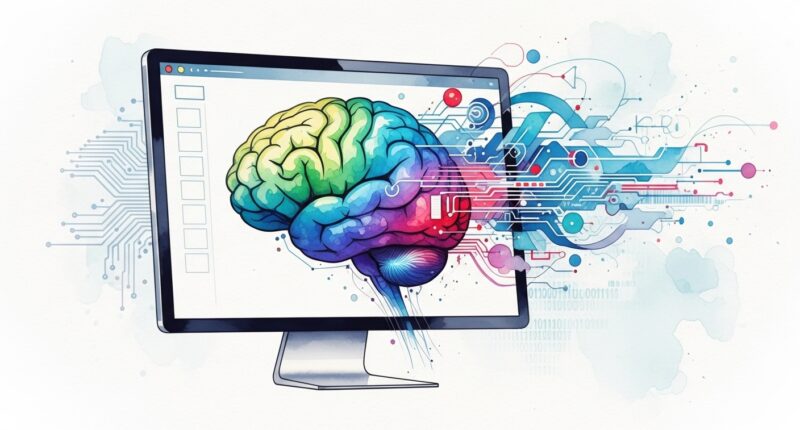Scientists can now build realistic digital brains that “learn” directly from data, replacing weeks of manual tuning with the lightning speed of modern artificial intelligence.
Researchers at Neuro-Electronics Research Flanders (NERF) and VIB.AI have developed JAXLEY, an open-source framework that allows complex biophysical models to automatically adjust themselves using the same principles that power machine learning.
The study, published in Nature Methods, addresses a critical bottleneck in neuroscience: while digital reconstructions of neuronal networks are essential for understanding brain function, they typically contain thousands of equations that require painstaking manual adjustment.
Traditionally, getting these models to mimic real neurons involves a computationally demanding process of trial-and-error that can take weeks to refine.
Automating the brain
JAXLEY solves this computational deadlock by allowing detailed brain models to calculate how small changes in parameters affect outcomes, effectively enabling the software to “learn” from experimental data rather than relying on human calibration.
Because the framework runs on the same graphics processing units (GPUs) used for AI, it can analyse massive datasets in parallel, dramatically increasing the speed of simulations. This approach combines the precision of biophysical models with the scalability of modern algorithms.
“JAXLEY fundamentally changes how we approach brain modelling,” said Pedro Gonçalves, group leader at NERF and VIB.AI. “It enables us to build realistic models that can be optimised and scaled efficiently, opening new ways to understand how neural computations emerge from the brain’s underlying processes.”
To prove the concept, the researchers used the toolbox to train large biophysical networks involving up to 100,000 parameters to perform memory and visual tasks. The results demonstrate that complex, realistic neuronal networks can now be trained directly on data, a feat previously considered computationally difficult.
The team suggests this breakthrough opens new directions for exploring how the brain learns and remembers, shifting the field from manual parameter tuning to adaptive, data-driven modelling. The toolbox has been released as open-source software to ensure accessibility for the entire research community.











